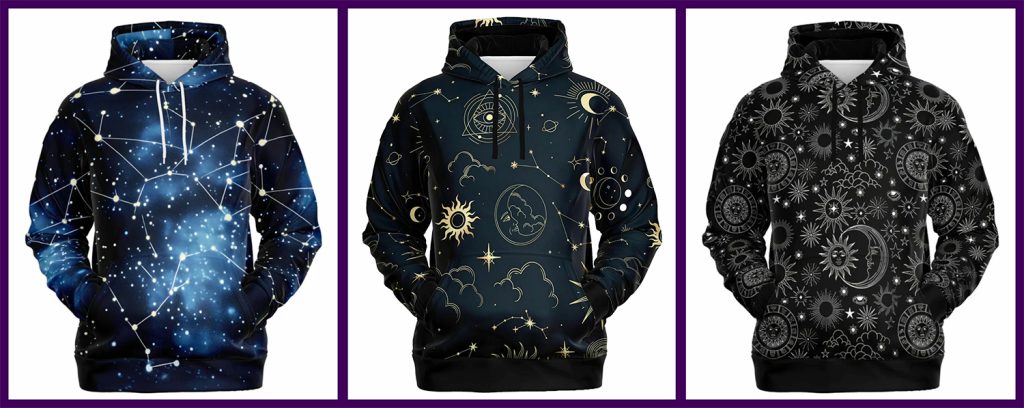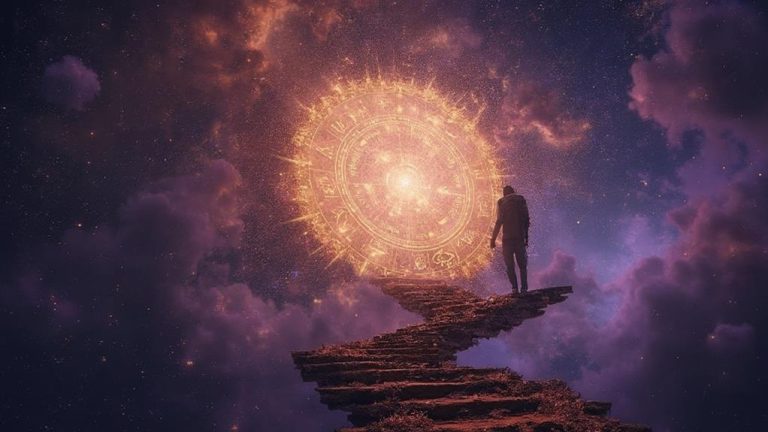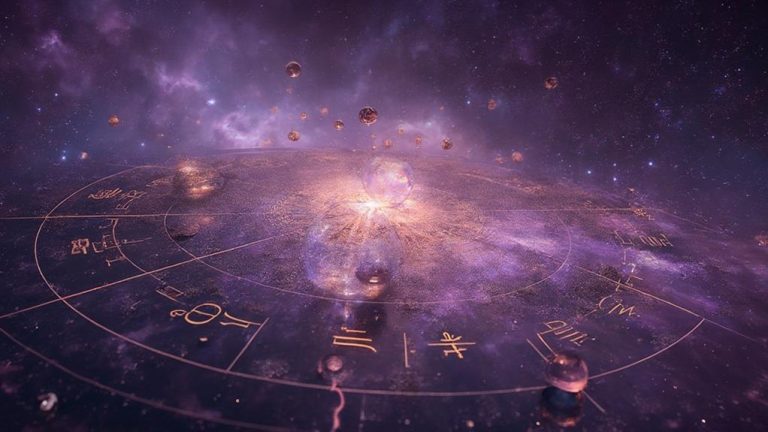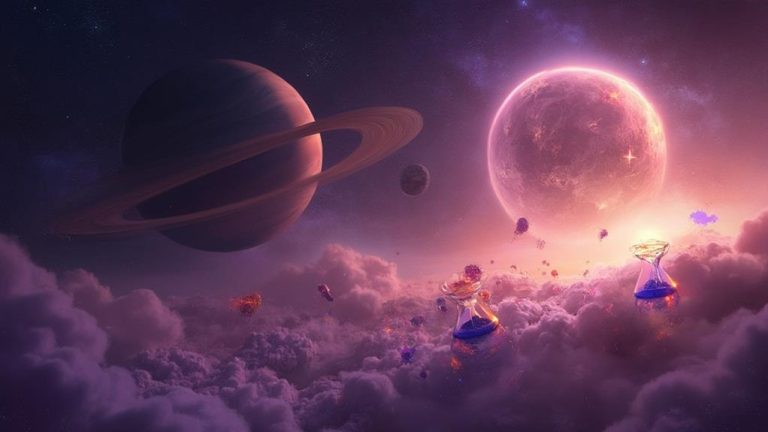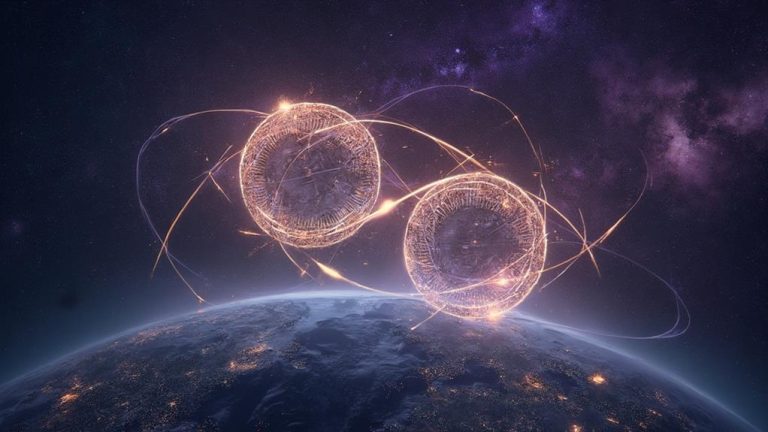Relationship Synastry Chart Interpretation Guide
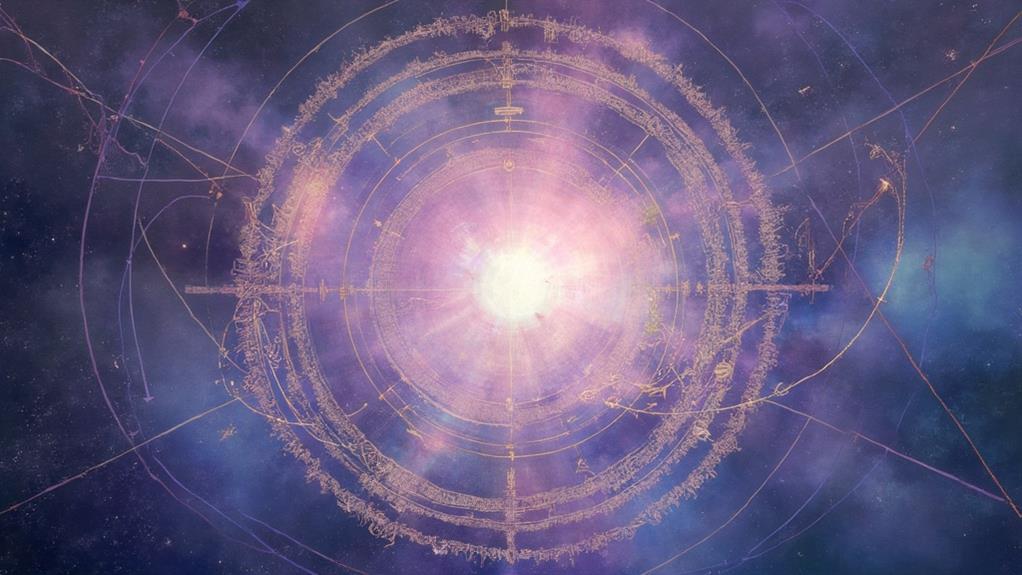
A relationship synastry chart compares two birth charts to uncover the interaction of planetary energies. It highlights key areas such as emotional bonds, communication dynamics, and attraction factors, offering a deeper understanding of the connection between two people.
Understanding Synastry Chart Basics
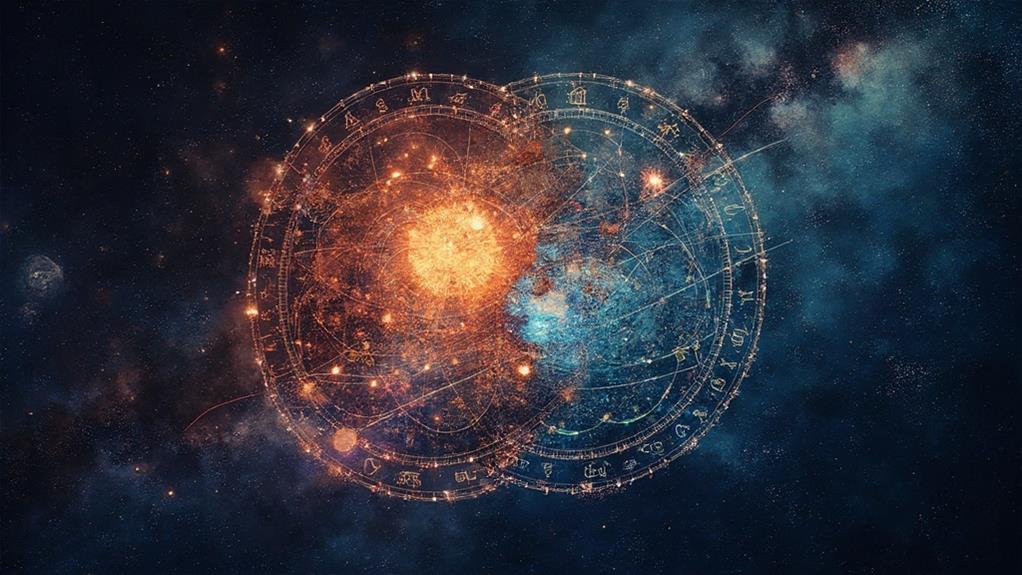
Synastry charts examine the energetic connections between two individuals by comparing their birth charts. These charts focus on key planetary aspects such as conjunctions (unified energies), trines (harmony), squares (tension), and oppositions (duality).
Important planetary interactions include Sun-Moon (emotional understanding), Venus-Mars (physical attraction), and Mercury (communication). Pay attention to which houses the planets land in, as the houses reveal areas of life impacted by the relationship.
Key Planetary Aspects in Relationships
Planetary aspects in relationships stay central to synastry readings. The Sun-Moon connection reveals emotional resonance, while Venus-Mars governs attraction and passion. Mercury aspects show communication patterns, impacting opinions or intellectual bonds. Understanding houses in astrology can give more insight into how these aspects play out in different life areas. Interpreting astrological houses effectively allows astrologers to pinpoint the specific domains of life where these planetary aspects manifest, such as career, home, or personal growth. For instance, a strong Venus-Mars aspect in the 7th house could indicate intense passion within a committed partnership, while a Sun-Moon connection in the 4th house might highlight deep emotional harmony in family life. By combining planetary aspects with house placements, synastry readings can unveil a fuller picture of relational dynamics.
Additional Influencing Planets:
- Jupiter fosters growth and expansion in the relationship.
- Saturn adds structure and long-term commitment.
- Uranus creates excitement and change.
- Neptune intensifies romance and idealism, while
- Pluto rules over power dynamics and transformation.
House Overlays Between Charts
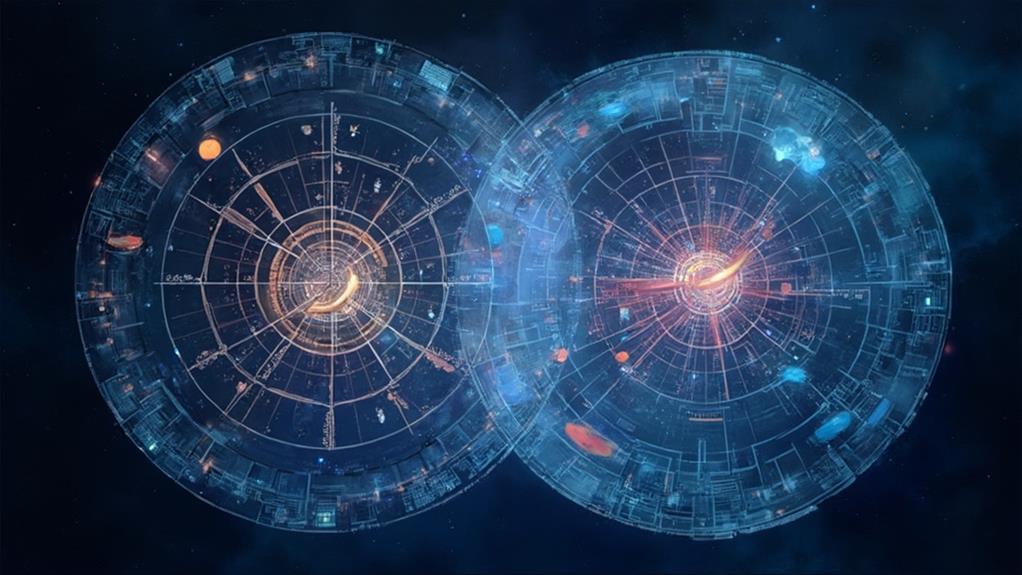
House overlays examine how one partner’s planetary energies influence different areas of the other’s life. For example, if someone’s Sun falls in their partner’s 1st house, it amplifies the significance of “identity” in the relationship.
Key houses include emotional security (4th house), deep connections (8th house), and shared life goals or public perception (10th house). Clusters of planets in specific houses show heightened focus in areas of shared destiny.
Elemental Compatibility Analysis
Elemental compatibility shapes how well two partners align based on their zodiac elements. Fire (enthusiastic), Air (intellectual), Water (emotional), and Earth (practical) balance each other when certain elements align or complement. For more on how these elements interact in your daily life, explore how astrology influences your decisions.
Fire, Water, Earth, and Air Dynamics
Fire signs (Aries, Leo, Sagittarius) are driven by passion; Water signs (Cancer, Scorpio, Pisces) lead with emotions. Earth signs (Taurus, Virgo, Capricorn) are grounded, while Air signs (Gemini, Libra, Aquarius) focus on intellect and communication.
| Element Pair | Compatibility |
|---|---|
| Fire + Air | Air fans Fire, creating exciting and active relationships. |
| Water + Earth | Water nourishes Earth, fostering emotional growth and stability. |
Complementary Element Matches
Complementary element pairs bring natural ease to relationships. Fire signs (Aries, Leo) pair beautifully with Air signs (Gemini, Libra), while Earth signs (Taurus, Virgo) harmonize well with Water signs (Cancer, Pisces).
For instance, an Aries and Libra pairing combines passion with intellectual connection, while a Taurus and Scorpio pairing builds intensity through emotional and physical trust.
Element Tension Zones
Tensions emerge when elements conflict, such as Fire clashing with Water (combustion or overpowering emotions) or Earth struggling with Air (pragmatism versus idealism). These challenges can lead to growth if harnessed properly.
Additionally, balancing “fixed,” “mutable,” and “cardinal” energies within those elements can reveal further dynamics in relationships. For example, one partner pushing for change (mutable), while the other resists (fixed), creates a valuable growth opportunity.
Major Synastry Aspect Patterns
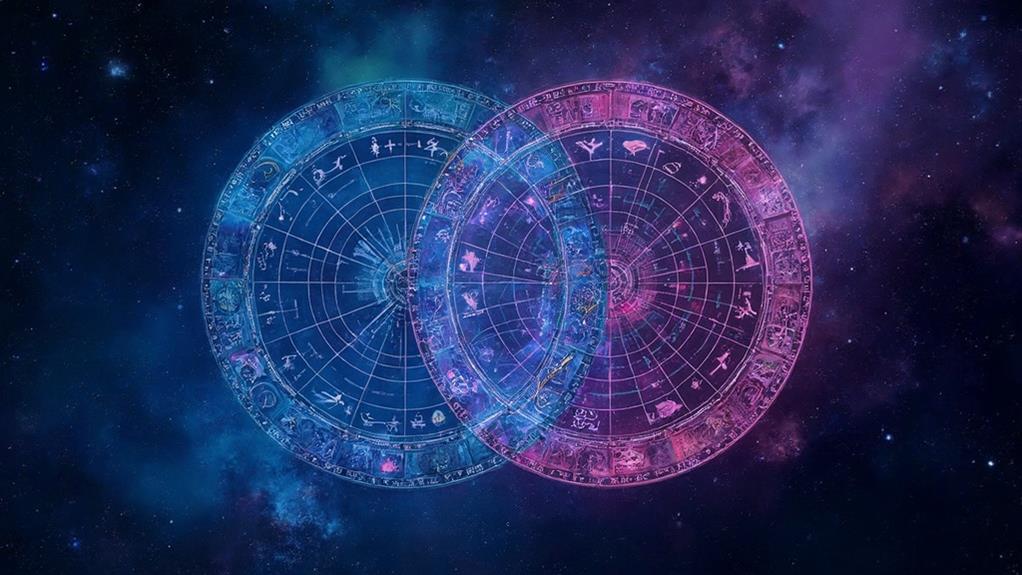
Specific aspect patterns between two people’s birth charts highlight relationship dynamics. Understanding Grand Trines, T-Squares, and conjunctions is essential to assessing any relationship’s strengths or challenges.
Grand Trines Between Charts
A Grand Trine indicates a harmonious and fluid connection between planets in compatible elements (such as Fire, Earth, Air, or Water). It encourages personal growth and synchronized life goals.
While this configuration promotes ease, it requires effort to avoid complacency. Nurture this energy to fully benefit from the spiritual and emotional resonance it brings.
T-Square Pattern Dynamics
T-Square patterns, involving three planets, represent inner tension and external challenges, forcing growth. The apex planet (at a right angle to the other two) is the key to resolving this tension. Communication and compromise are essential.
Multiple Conjunction Alignments
Multiple conjunctions indicate intense connections when planets cluster together. These strong alignments, especially in angular houses, point to significant life intersections and possibly karmic or destiny-laden ties.
- Conjunctions in angular houses (1st, 4th, 7th, 10th) underscore impactful relationships.
- A group of planets, known as a stellium, amplifies these energies, especially involving personal planets like the Sun or Moon.
Moon and Venus Connections
When the Moon and Venus align in a synastry chart, the result is an empathetic bond of emotional understanding and romantic chemistry. Venus represents love and aesthetics, while the Moon governs emotional needs, combining affection and emotional security.
These connections often lead to shared values in beauty, art, and intimacy, but may also create patterns of dependence. Balance is key—each partner must maintain emotional independence for the relationship to flourish.
Karmic Links in Synastry
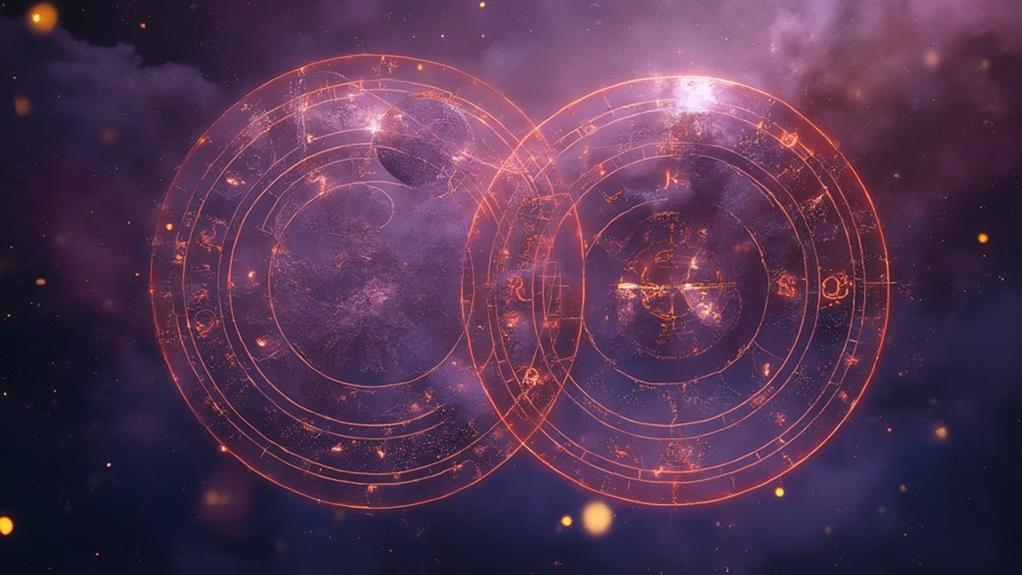
Karmic links in synastry also reveal important past-life connections. The Nodes of the Moon, Pluto, and Saturn bring karmic lessons into play.
The South Node shows comfort zones, but may lead to stagnation, while the North Node encourages growth. Aspects involving retrograde planets (e.g., Saturn, Pluto) might reveal unfinished business from your past lives together.
Frequently Asked Questions
How Long Does It Take for Challenging Synastry Aspects to Improve?
Challenging aspects typically improve over 6–18 months, depending on the couple’s growth, self-awareness, and effort.
Can Synastry Charts Predict When a Relationship Will End?
Synastry charts provide insights into challenges and rough phases, but they can’t predict exact endings. Transits also influence, and relationship outcomes depend on free will and mutual choices.
Should I Date Someone With Opposite Placements to Mine?
Opposite signs often create attraction due to the complementary balance they provide but can also pose challenges. Consider the entire chart, rather than relying solely on opposites.
Do Celebrity Couples Usually Have Strong Synastry Connections?
Yes, many celebrity couples show strong aspects between their luminaries, including conjunctions in Sun, Moon, and Venus placements, enhancing attraction and compatibility.

